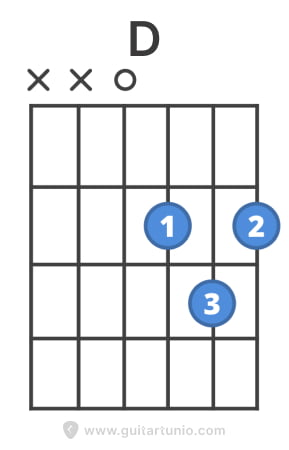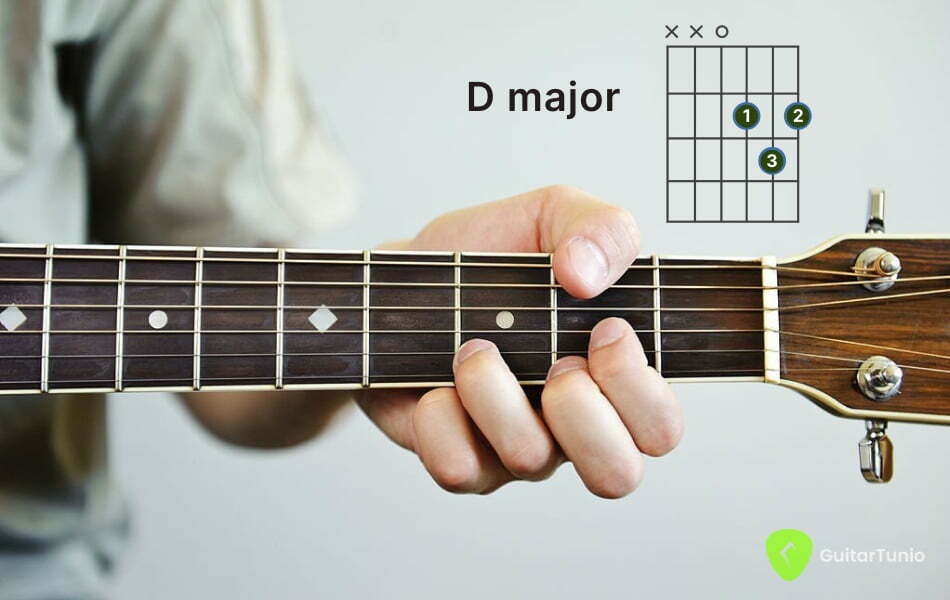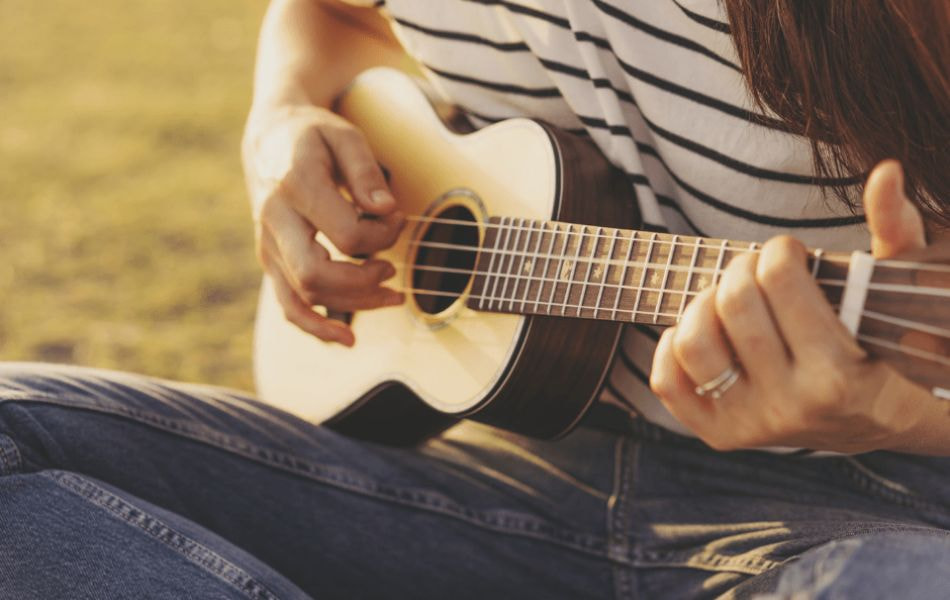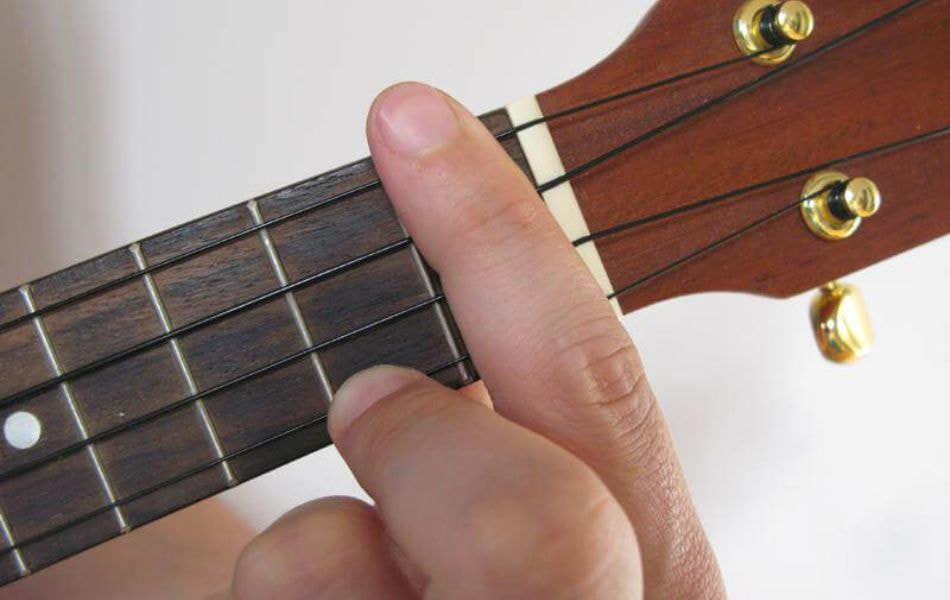How to Play the D Chord on Guitar
The D chord or D major is one of the most fundamental and commonly used chords on the guitar. It forms the basis of countless songs across various genres and is a crucial skill for any aspiring guitarist to master. In this article, we will explore how to play the D chord, different variations, and some practical tips to help you precisely and easily play it.
How to play the D chord
The D chord belongs to the family of open chords, which are played using open strings in conjunction with fretted notes. The basic D chord consists of three fingers pressing down on the fretboard. Here's a breakdown of the chord:
- Place your index finger on the second fret of the G (3rd) string.
- Position your middle finger on the second fret of the high E (1st) string.
- Your ring finger should be on the third fret of the B (2nd) string.

To strum this chord, start from the fourth string down to the first string, avoiding the low E string (6th string). Ensure that your fingers are pressing the strings firmly enough to produce clear notes but not so hard as to muffle the sound.
Variations of the D chord
While the D major chord is a fundamental starting point, there are variations that can add depth and color to your playing. Some common variations include:
D/F#
This variation adds a bass note by playing the F# note on the low E string. Keep your thumb wrapped around the neck to press down on the second fret of the low E string with your thumb.
Dsus2
By removing your middle finger from the second fret of the high E string, you create a Dsus2 chord. This alteration adds a suspended, dreamy sound to your chord progression.

Tips for playing the D chord:
Here are some practical tips to help you improve your D guitar chord playing:
Finger placement
Ensure that each finger is positioned accurately behind the fret, minimizing any buzzing or muted strings. Regular practice will develop muscle memory and strengthen your finger placement.
Clear strumming
Pay attention to your strumming technique, aiming for a consistent and balanced sound across all the strings. Experiment with different strumming patterns to enhance your playing style.

Gradual progression
Take it slowly as transitioning to the D chord from other chords. Initially, practice switching between two chords, gradually increasing the speed as you gain confidence and dexterity.
Practice chord changes
Practice transitioning from the D chord to other common chords, such as A, G, or E. This will help you navigate through songs smoothly and expand your repertoire.
Use a metronome
Incorporate a metronome into your practice sessions to develop a sense of timing and rhythm. The built-in metronome in the Guitar Tunio Pro app could be a good choice. Start at a slow tempo and gradually increase the speed as you become more comfortable.
In conclusion, the D chord is one of the five foundational guitar chord shapes, along with the C, A, G, and E major chords. By mastering this versatile chord, you unlock a plethora of musical possibilities. With practice and perseverance, you'll develop the muscle memory and technique needed to play the D major chord seamlessly. So grab your guitar and practice now!
If you would like to learn how to play even more chords, browse the chord library in our Guitar Tunio app, learn about chord types, and find tips on how to master them. And, don’t forget to visit our blog to learn how to play many good songs, and read amazing articles.








